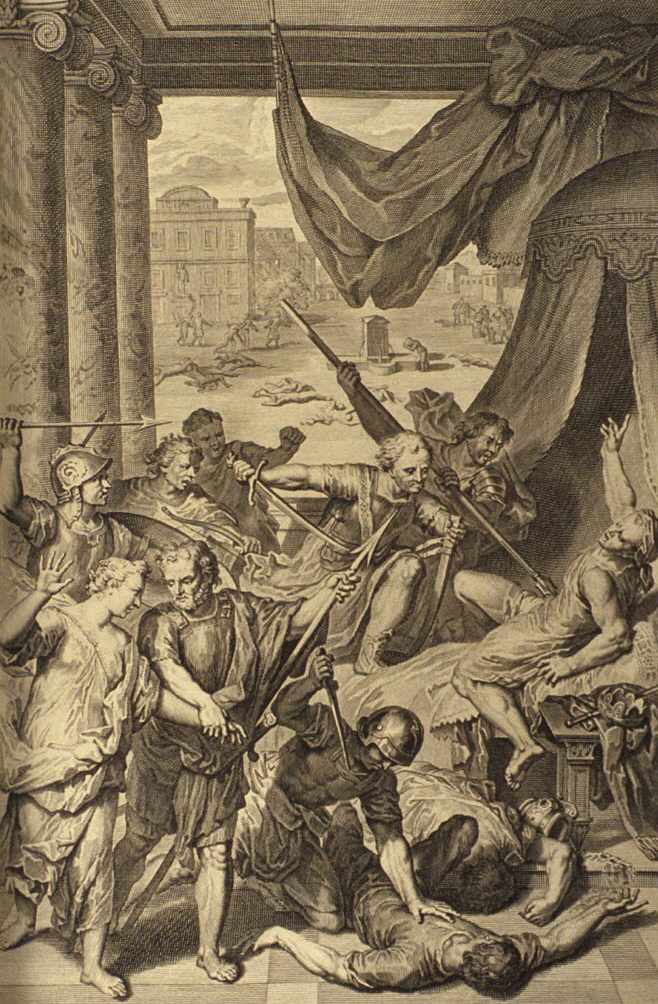
Why We Still Haven’t Truly Heard Dinah’s Story—And Never Can
We’d been steadily progressing through the Chumash in school since the first grade. We’d covered the stories of the patriarchs and matriarchs, Abraham and Sarah and Isaac and Rivkah and now, in fourth grade, we were in the thick of Jacob’s ever-expanding family of tribes. He’d spent 21 years working for the privilege of marrying his two wives, sisters Rachel and Leah, and had just met up with—and reconciled with—his estranged twin brother.
Then our teacher invited us to close our books for this lesson.
“I’m going to tell you a story,” she said to our all girls class “And in the meantime, you can draw pictures.”
And so I heard the story, the one we sometimes criticize our teachers for skipping, of the abduction and rape of Dinah, daughter of Jacob. I scoffed in later years at the sanitization of Jewish memory, at that decision to take one of the most troubling, disturbing and triggering stories of the Bible and sterilize it for our nine-year-old ears. It’s only now, decades later as I dig into my feelings around this story, that I recognize with some gratitude the wisdom of hearing about this rape through the ancient feminine modes of storytelling and discussion.
When I continued my studies, I found that the midrash provides layers of context – some informative, some challenging, some seriously disturbing. In Anita Diamant’s acclaimed The Red Tent, Dinah grows into a maiden with personality beyond the rabbis’ broad strokes. And yet, I sometimes regret that additional knowledge has colored my perspectives, and wonder how I personally would have perceived this story without the interpretations of others, as my teacher asked me to on that day two decades ago.



